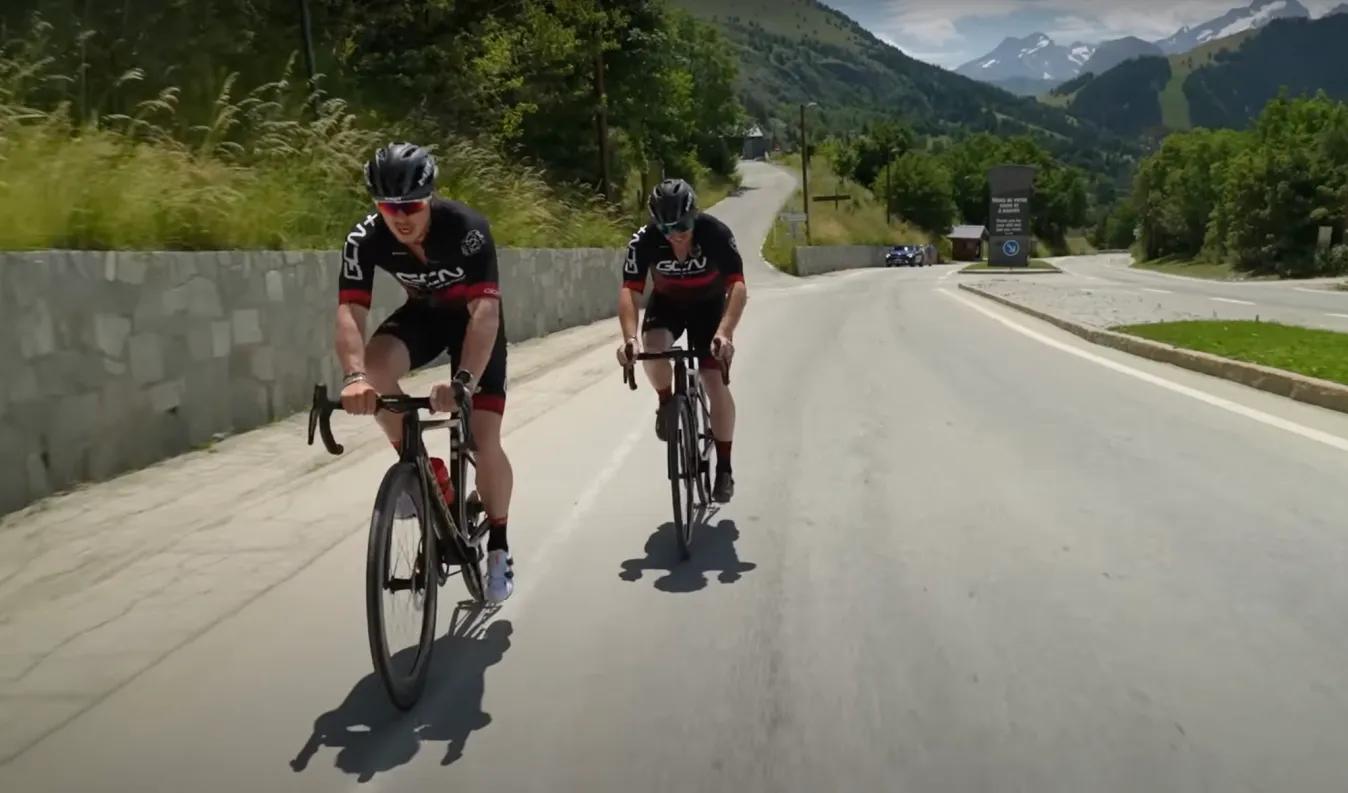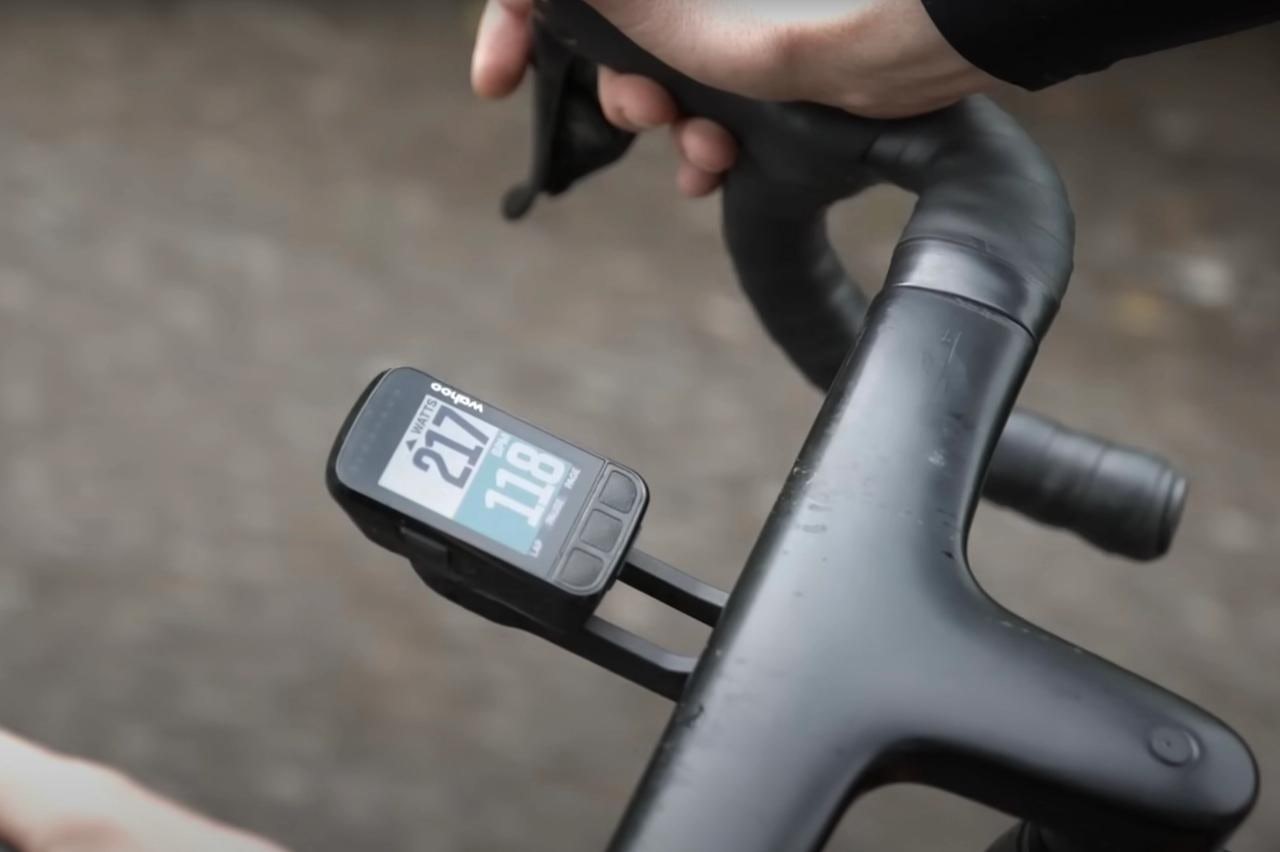Why are cyclists obsessed with FTP numbers, and is it actually useful?
When it comes to training, we think you should avoid fixating on FTP to uncover bigger benefits
Alex Hunt
Junior Tech Writer
© GCN
Should we really be taking so much notice of what our FTP value is?
A lot of serious cyclists train with the aid of a power meter. The insights these bits of kit can provide give an objective and comparable view of your training that isn’t influenced by external factors, unlike speed, heart rate or good old-fashioned perceived exertion.
For riders training with power, the term FTP (functional threshold power) gets bandied about a lot. It can be useful for defining training aims, but how much does that FTP number really matter?
Having a device fitted to your bike that can tell you exactly how much power you are putting through the pedals can certainly remove a lot of errors around training intensities. There is however a flip side, with power data becoming an all-consuming value that you use to measure your self-worth as a cyclist. Here, we’re going to look at what FTP is and why it isn’t necessarily the be-all and end-all in cycling.
What is FTP?
FTP or functional threshold power is characterised as the maximum power you can sustain for an hour. It is often described as your aerobic ceiling, with any efforts above that intensity putting you 'in the red', meaning you use more oxygen than your body can provide to your muscles without the accumulation of lactate.
Something to note is that FTP and lactate threshold are not the same thing, even though they can end up being used interchangeably. A rider's lactate threshold is commonly around 5% lower than their FTP result. Finding a rider's lactate threshold requires a lab test, during which the rider has a small blood prick test taken at regular intervals at set intensities to measure the lactate concentration in their blood. This form of testing shows exactly at what intensity your body starts to produce more lactate than it can process, which signifies your upper sustainable aerobic limit.

© GCN
FTP tests differ from lactate tests with lactate testing looking at the physiological threshold at which your lactate levels begin to exponentially increase
FTP on the other hand has more variables in its testing and requires the riders to push themselves to their limit. The results of an FTP test are used to set power zones that will be used in training, to train different metabolic and physiological systems.
Why is FTP popular?
FTP is a great metric of aerobic fitness: the higher your FTP, the better you are at riding at a steady-state, medium-intensity effort. This is why FTP testing is so popular. It is an easy and objective way to measure a rider's progress through training.

© GCN
FTP can be a great way of pacing long efforts on consistent gradient climbs
FTP is often used out of convenience; most indoor training platforms will have an FTP test protocol as a workout and even head units can estimate your FTP. It also allows for riders to play top trumps with others, as everyone knows their FTP value. Really, though, FTP measures just one aspect of a rider's fitness, and riders with the same FTP could ride at completely different levels based on other physiological factors.
- Read more: Should we all be doing ramp FTP tests?
Another contributing element to the rise in popularity of FTP as a metric was the advent of virtual racing. Typically riders are sorted into categories of broadly similar ability riders based on their FTP expressed as a power-to-weight ratio. For riders taking to the start line of a virtual race, it is unavoidable that at some point you will need to know your FTP with some level of confidence.
What are the limitations of FTP?
Most riders are not blessed with hour-long alpine climbs on a daily ride, instead they’ll find themselves on more mixed terrain with shorter punchy climbs. Additionally, most of us tend to head out for more than an hour at a time. This means that FTP isn’t the only metric to care about. In fact for most riders it is actually one of the least useful metrics to know.
On a relatively easy ride at around zone 2 that typically includes some punchy anaerobic efforts up short climbs and a few short sprints, knowing your FTP will have little benefit.
Although power zones are generally classified into percentage bands of your FTP value, every rider has a different physiology that for the most part can nullify the validity of these zones. Some riders can sit within zone 2 at intensities higher than its characteristic 75% FTP ceiling. Equally, riders that have more fast-twitch muscle fibres or a higher VO2 max might be able to produce anaerobic power outside of the defined range.

© GCN
Anaerobic ability can vary wildly whilst your FTP value can appear fairly stable
Matching your testing to your riding will give you a tailored way of tracking your progress in the metabolic systems that you most commonly use. If your typical ride is rolling around and then attacking punchy climbs, using an FTP test to gauge your fitness would be like asking a 1500m runner to test themselves by running a marathon.
Where does this leave data-driven training?
As much as FTP is a useful metric and universally accepted, for a lot of riders it is simply not the right unit to be used for fitness tracking. Testing your ability in a way similar to Wahoo’s 4DP test, which creates a power profile from a 10-second sprint, 1-minute max effort, 5-minute VO2 max test and a 20-minute FTP test, would be far more beneficial. This more clearly allows you to see how you perform across a range of intensities. Just because you have a strong FTP doesn’t mean you are as fit as you could be for the terrain you ride.
Although it might not be as universal, a training metric testing your sprint repeatability, fatigue resistance or ability to recover between harder efforts can all be more useful determiners of fitness than FTP. Finding a way to map your testing to create a rounded power profile is much better than just using an FTP value on its own.
A warning about becoming obsessed with FTP
For data lovers, riding with power can be insightful. It can also be a slippery slope to obsession. The numbers you can put out day-to-day vary based on training in the preceding days, stress, and sleep. This means that although you might be able to put out X amount of watts for X amount of time when your body is in a fresh state, this will not be the case every day. Cycling, even at a competitive level, should be fun. There are far more things that go into making a good cyclist than FTP numbers. Getting obsessed with chasing bigger and bigger figures is not healthy.

© GCN
Riding should be about having fun and enjoying your time on the bike. Finding a balance between progress and fun is essential
For most riders, cycling is a hobby that is balanced with other commitments such as work and family life. If you find yourself fixated on doing everything you can to see your numbers increase it might be worth removing your power meter for a few weeks and focusing on reconnecting with what it is you love about riding. Power meters are a great training tool but they are not devices for measuring your worth as an athlete or a person.
For more information on training make sure to head to the dedicated training section of the website and let us know your thoughts on FTP in the comments section below.










